Scarpa Spirit 4
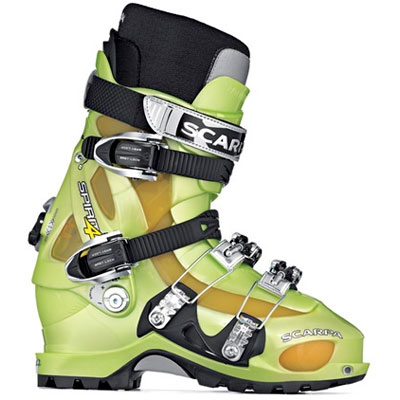
- ski mountaineering
- solid on the downhill
- fit takes work
- 8lbs 1oz/pair
Scarpa's popular Spirit 4 Alpine touring ski boot improves upon its predecessor, the Spirit 3, primarily by offering a stiffer forward flex, thus enhancing the quality of downhill performance.
The Spirit 3's apparent forward-flex softness (especially in the more aggressive forward lean setting) struck me as the boot's biggest liability—along with Scarpa's considerably contoured last, which can prove quite challenging when it comes to bootfitting. The Spirit 4, I'm happy to say, largely erases any flex concerns via the addition of a fourth buckle, an adjustible rear spoiler, and some extra shell heft, though bootfitting challenges are likely to remain.
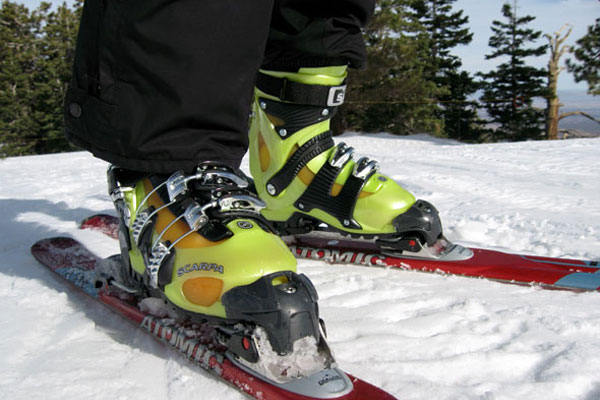
Like Garmont's excellent Mega Ride, the Spirit 3 and 4 employ a hinged-tongue rather than the overlapping cuff construction traditionally found on Alpine ski boots. The hinged tongue design proves well suited to the climbing, skating, and gliding duties of an Alpine Touring boot, though at the cost of downhill performance.
Why do you find Scarpa Spirits climbing high on the world's biggest mountains? Pedigree, for starters. Scarpa brings its formidable experience as a climbing and mountaineering boot maker to the table, and that experience translates into climbing-specific features such as the Spirit 4's generous range of motion in walk mode, plus top buckles that won't pop open when you're cramponing up.
Versatility and customizability are additional perks. Perhaps no boot on the market is as friendly to user modification as the Scarpa Spirit. A partial feature list includes skier cant adjustibility; the effortless ability to swap different tongues (included) to change the boot's forward stiffness; two-position forward lean adjustment (19 & 23°) with an additional +/- 2° screw; and the remarkable ability to remove all buckles, buckle anchors, and the even the cuff pivots using only hand tools for a stunning range of customization.
Compared to the Mega Ride, the Spirit 4 also features a distinctly higher volume interior. This extra room pays dividends in brutally-cold high altitude environments, allowing space to wear thicker expedition socks layered with vapor barrier liners, and even sneak a heat pack under your toes. Heading to Denali for a little summit tour? The Spirit is a serious contender for the job.
Of course, that extra volume cuts both ways. The Spirit 4 rewards if not demands extra effort to customize the boot to best fit the user. Of the major A/T boot choices, it is arguably one of the least likely to fit well "out of the box"—and volume is only part of the story here. Inherent to the design of the Spirit 3 and 4 is a humped interior shell (the "last") which may or may not match up to the natural shape of your feet's arches.
Adding custom footbeds or orthotics is sure to bring you grief, as there is no flat surface to seat the footbed upon. Some combination of grinding and remolding is all but certain to get your orthotics to work, and many skiers will still at least notice the sensation of having the boot's humps under your arches. Recent reports suggest there are aftermarket boot boards available to rectify the problem. If so, I haven't seen anyone selling them as yet.
Once I got the fit sorted out, I was highly impressed with the downhill performance of the Scarpa Spirit 4 (as I was with the Spirit 3). The boot has a lively, powerful feel to it, inspiring confidence on the downhill. The flex in my subjective opinion is consistent with the Mega Ride, which is going to mean soft by most people's standards, but still well within the acceptable range for a wide variety of skiers and conditions.
Lateral stiffness is quite good. Going head-to-head versus the Mega Ride, I found the boots similar in downhill performance overall, but I had to give the subjective nod to the Spirit 4. It is just a tad sweeter, with a more solid and natural feel coming in and out of the turn—and little to none of the Mega Ride's often-distracting shell distortion.
To me, the Spirit 4 is the boot the Spirit 3 should have been. If the 4 weighed essentially the same as the 3, I'd easily call this the best compromise of downhill skiing performance and uphill climbing comfort—in other words, the ideal Alpine Touring ski boot (admittedly with some grousing about that damned hump last). But the 4's weight pushes it nearly a pound past the Mega Ride's, forcing hard questions as to which boot will better suit your needs. Does that pound matter to you? Go with the Mega Ride. Thinking instead about that sweet downhill turn? The Spirit 4 beckons.
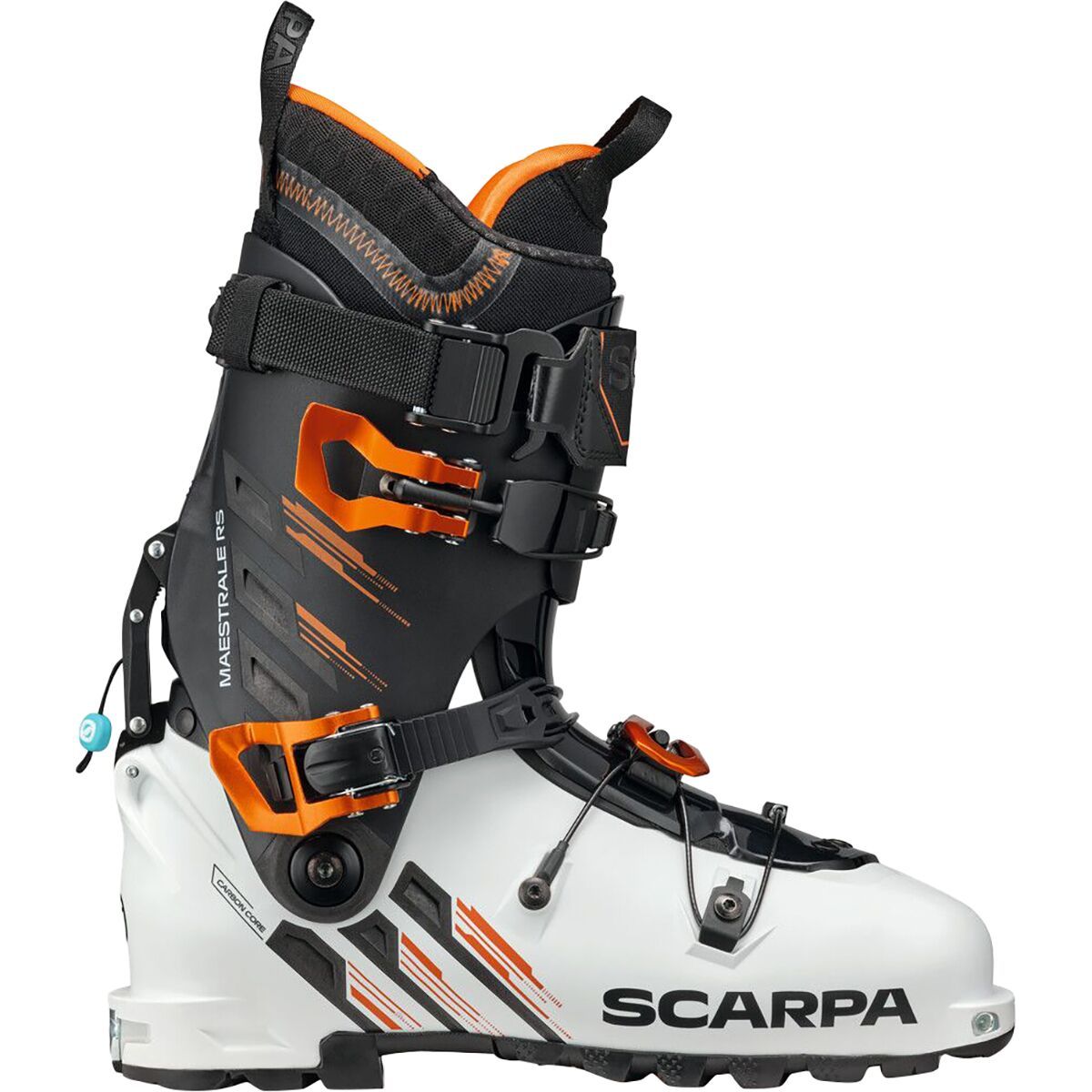
Scarpa Maestrale RS Alpine Touring
$899.00 at Backcountry.com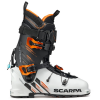
Scarpa Maestrale RS Alpine Touring
$899.00 at evo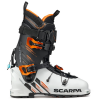
Scarpa Maestrale RS Alpine Touring
$899.00 at evo
Scarpa Maestrale RS Alpine Touring
$629.27 at OMCgear
Scarpa Maestrale RS Alpine Touring
$629.27 at OMCgearScarpa Men's Maestrale RS Alpine
$899.00 at REI.com

 Lange RS 130
Lange RS 130 Scarpa Maestrale RS
Scarpa Maestrale RS Scarpa F1
Scarpa F1